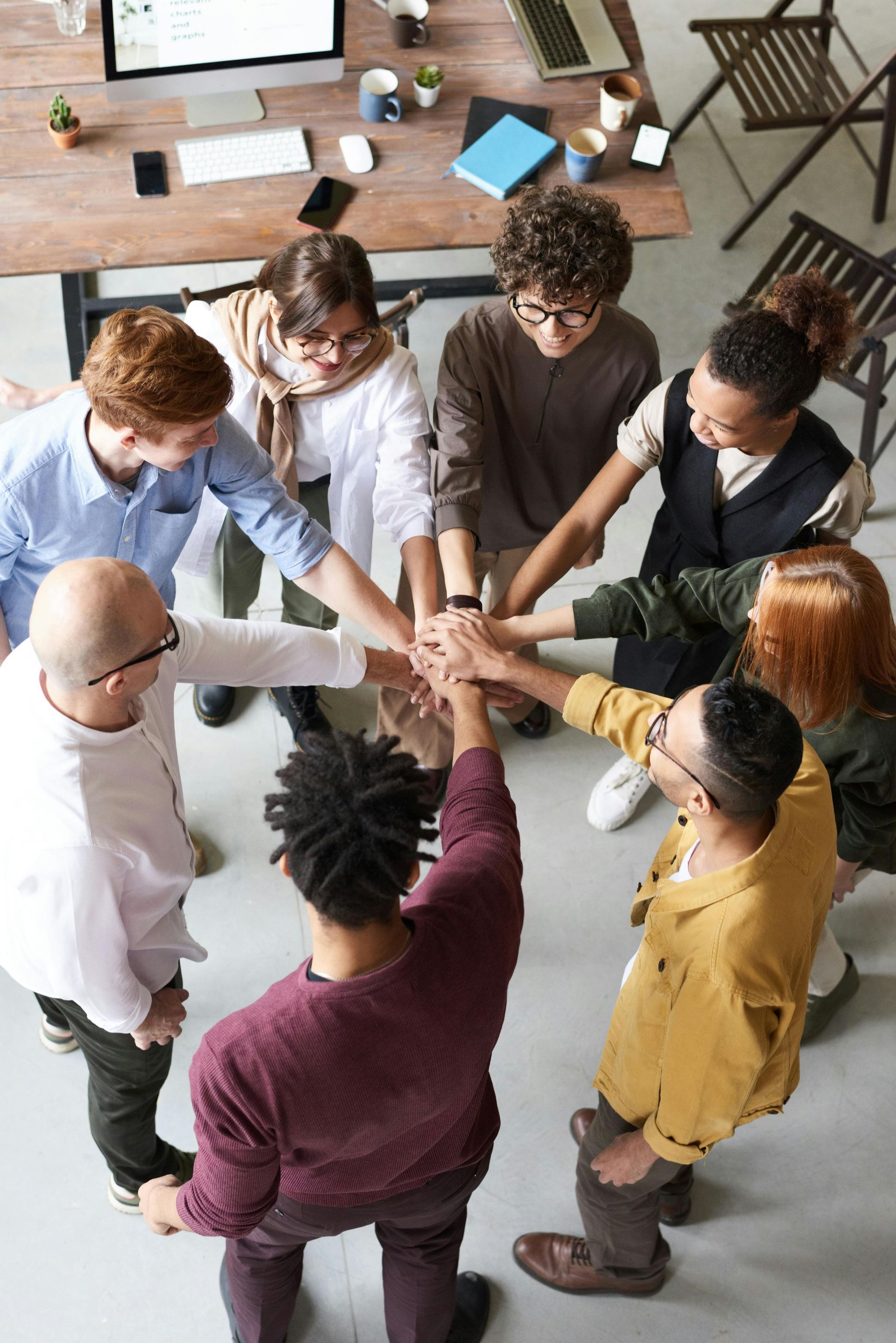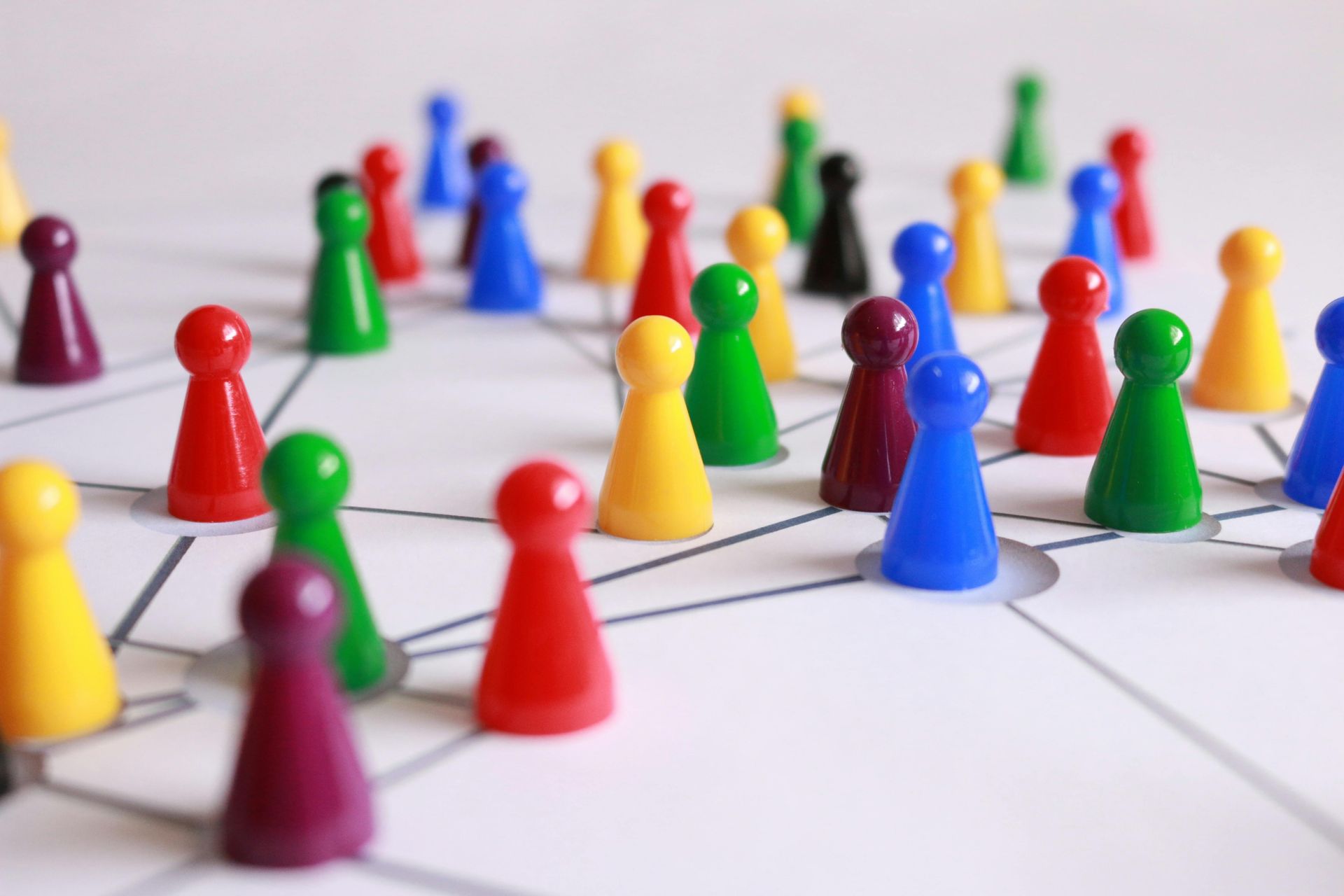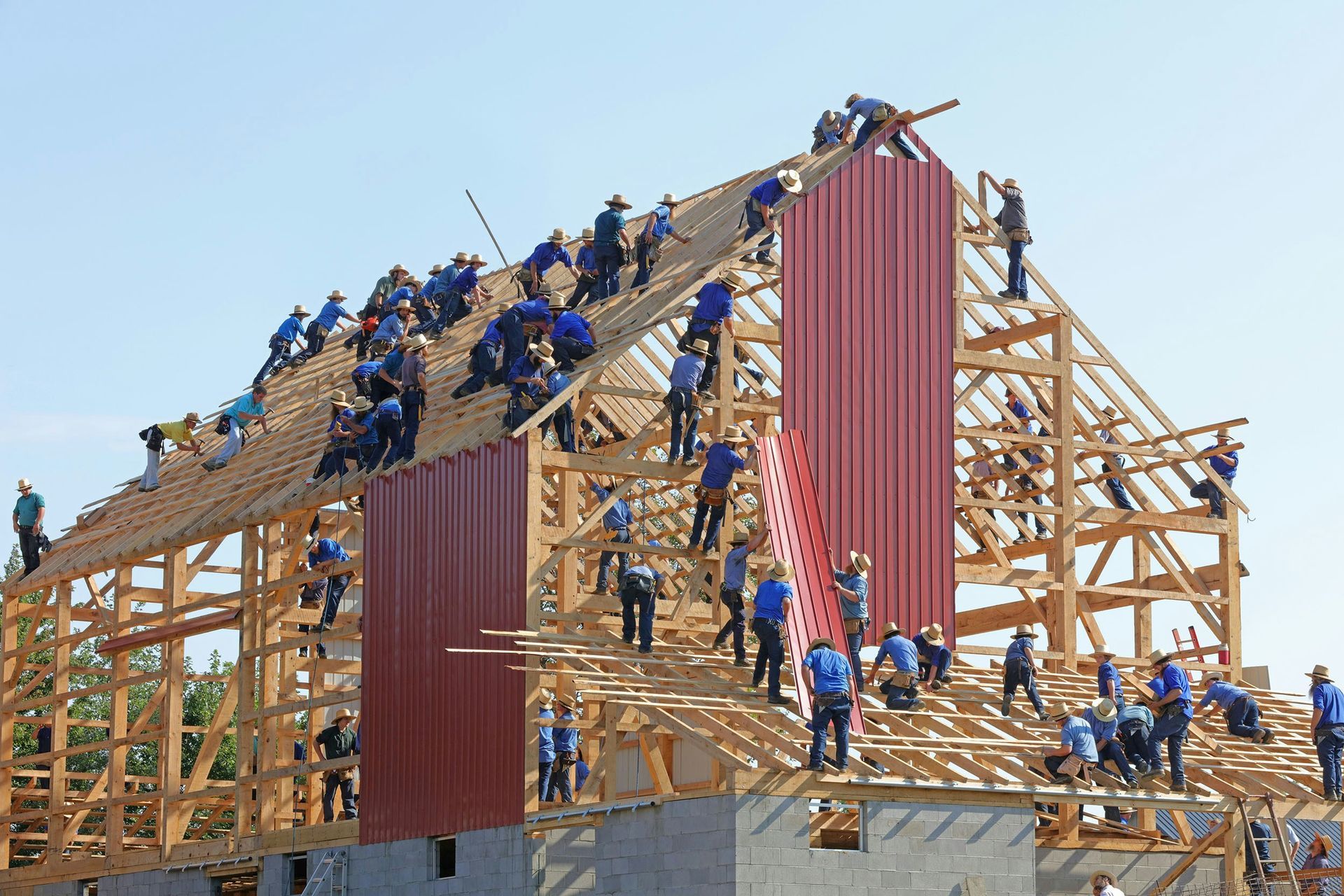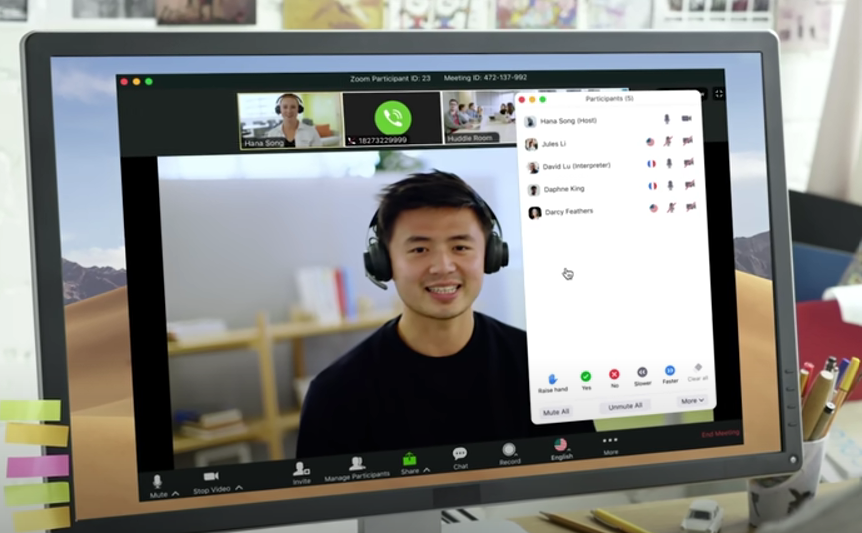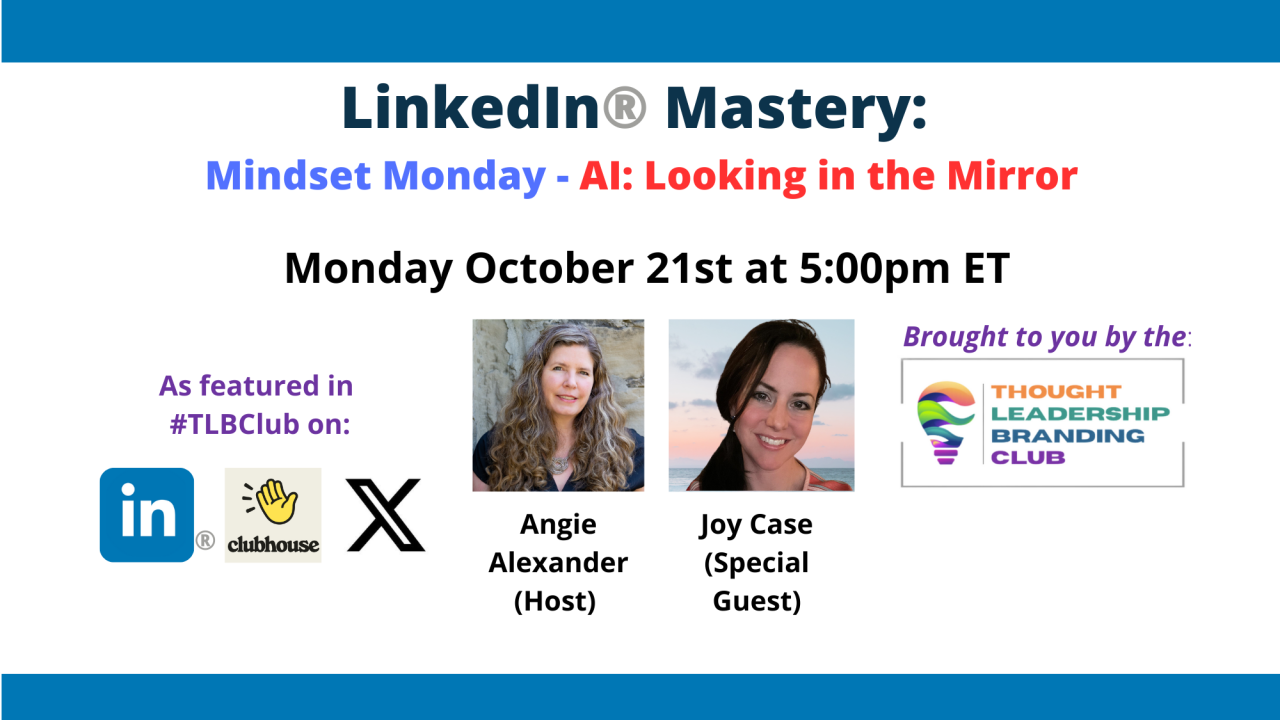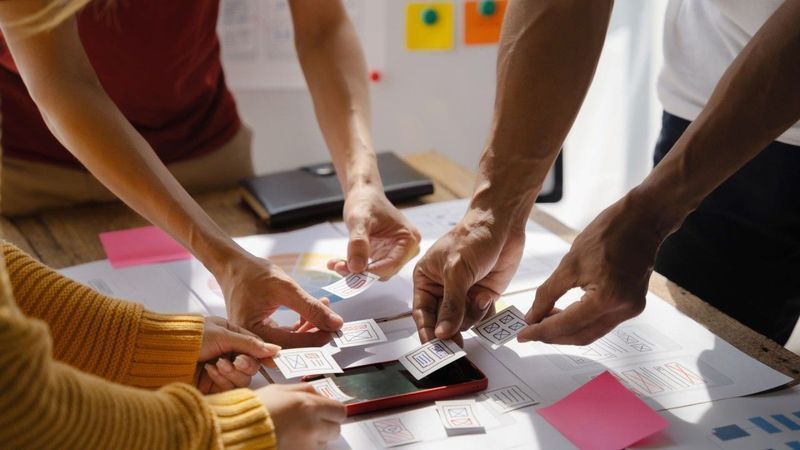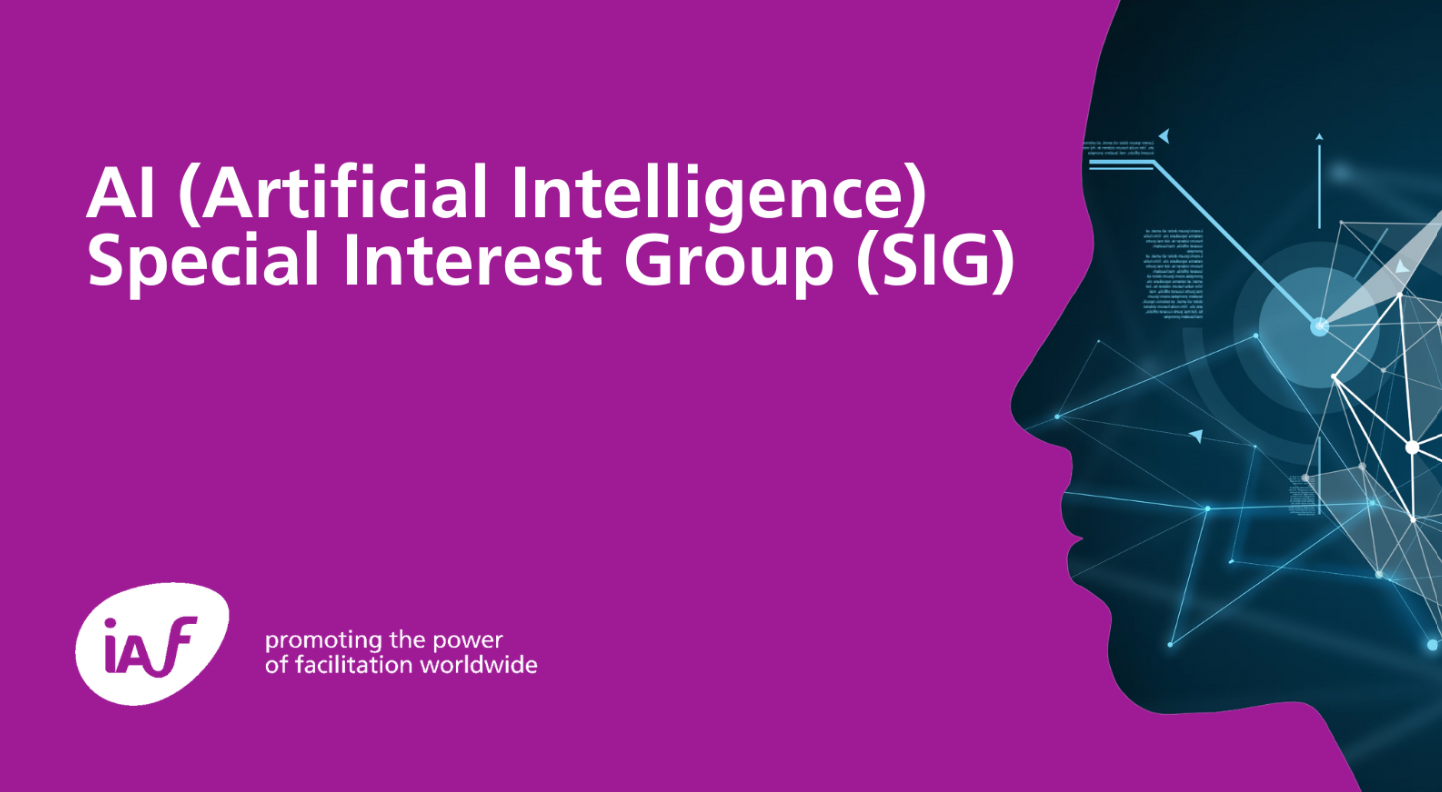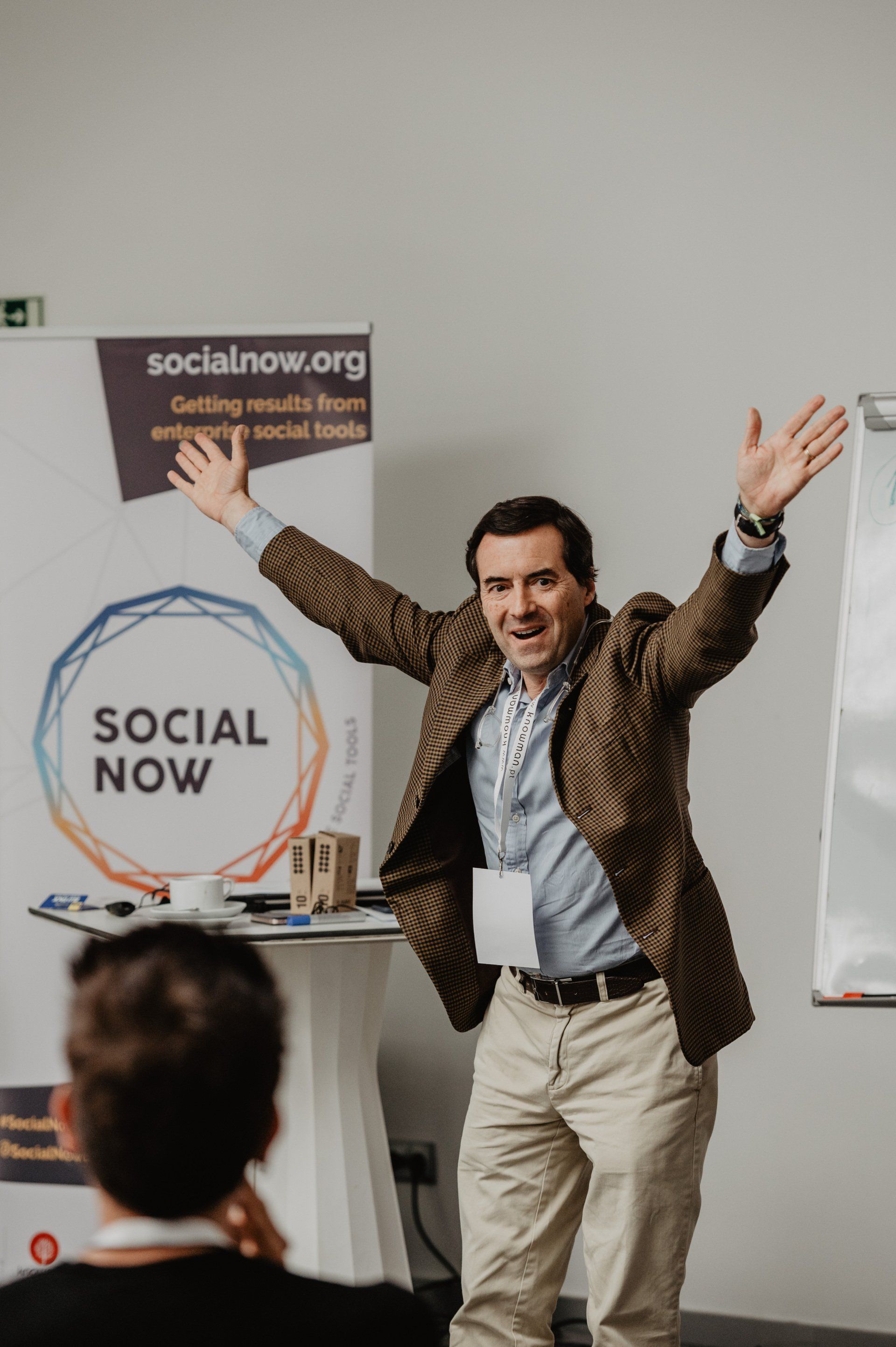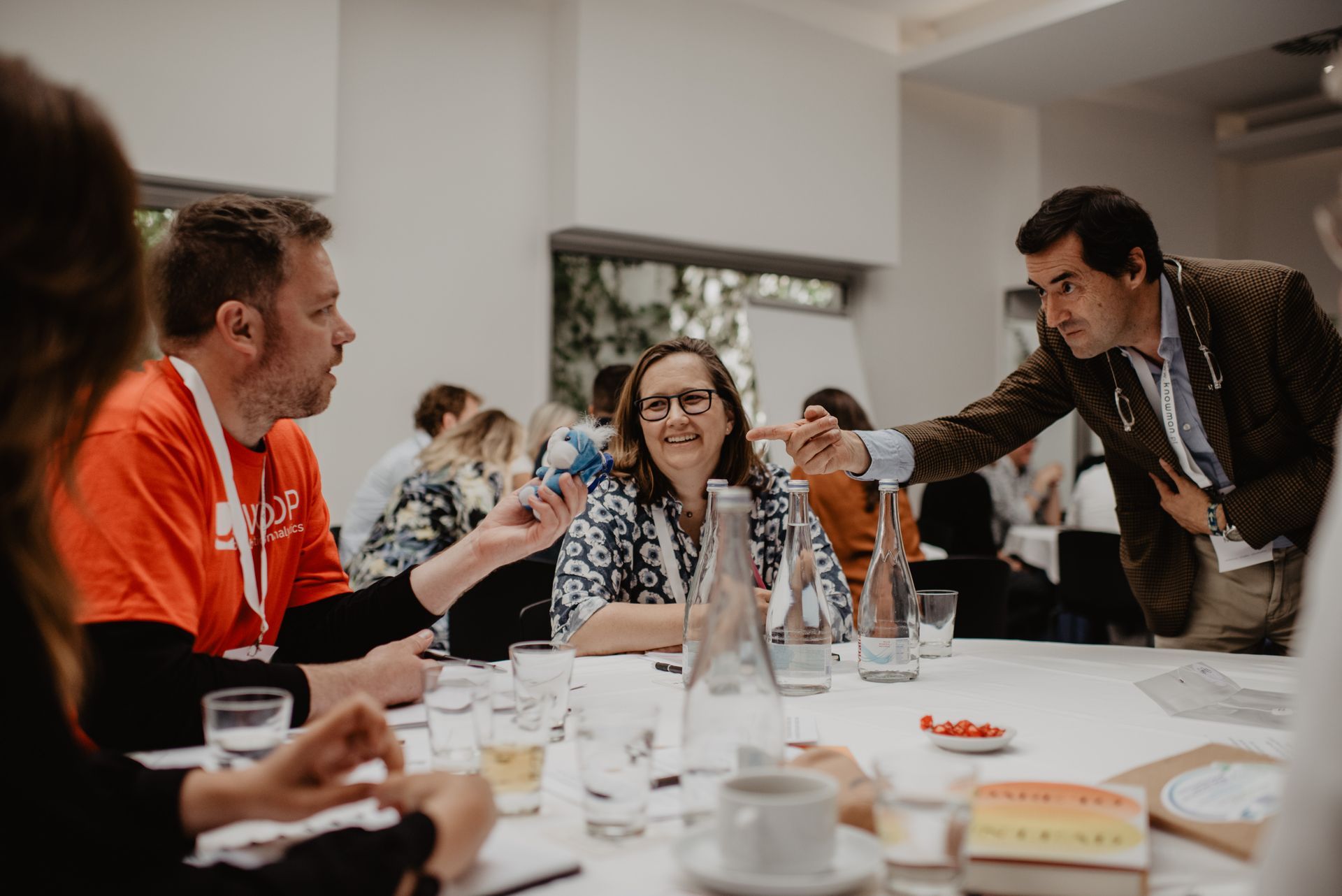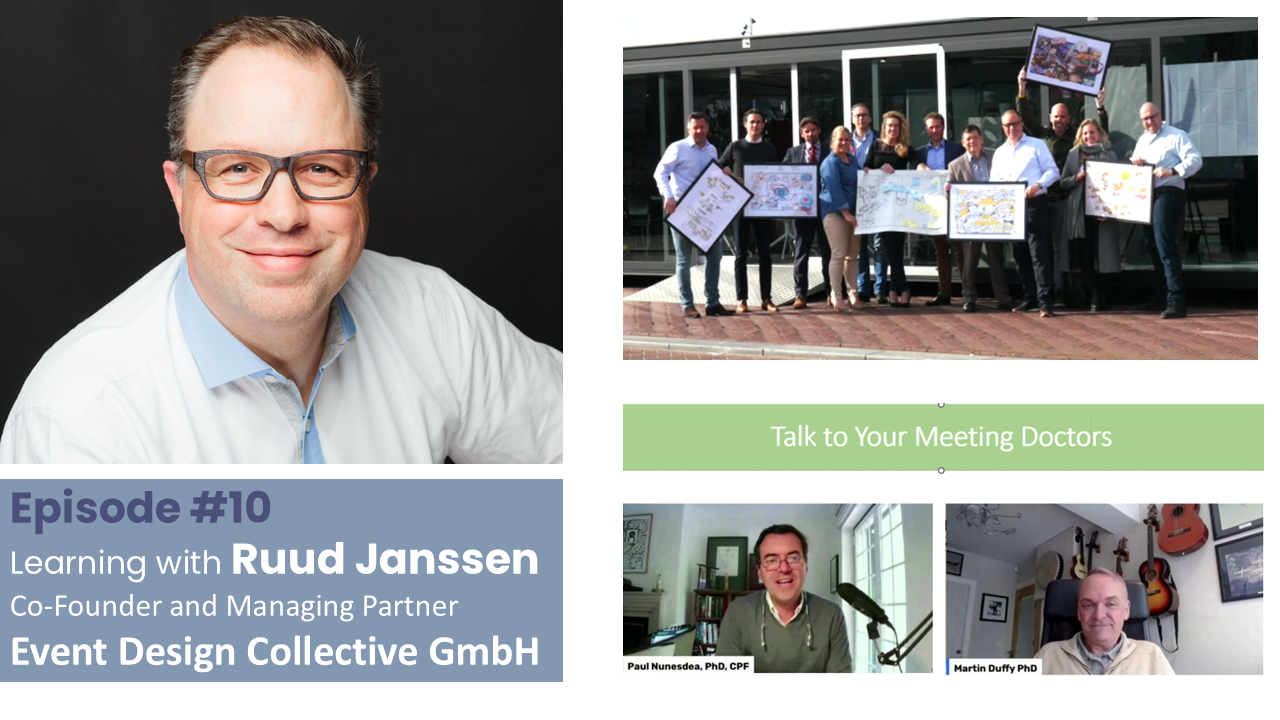
Visual Collab 2018
Let's gather to converse about visual interactive collaboration
This incredible prehistoric monument in Wiltshire , England, was produced by a culture that left no written records. As a result, there are many different hypothesis and theories about the function of Stonehenge. My favourite is proposed by a team of British researchers led by Mike Parker Pearson of the University of Sheffield - "Stonehenge may have been built as a symbol of 'peace and unity', indicated in part by the fact that at the time of its construction, Britain's Neolithic people were experiencing a period of cultural unification."
In this new millennium, we too face a period of cultural unification in the business world. Today, there is a growing universal belief about the critical need to have an engaged workforce in order to become a successful organisation.
How do we engage our workforce and what visual collaboration has to do with it?
Going agile
The answer is not simple and there isn't a magic one-fit-for-all formula. The latest management thinking (including my own book ) calls upon more participatory decision-making. Whenever adopting a facilitative style of leadership and letting the teams do their own problem-solving, the chances are that we would reap the full benefits of collaboration.
If you are working in an organisation that deals with IT, chances are that your company may already be experiencing the benefits of agile methods and teamwork. The agile revolution is already making a deep impact on the productivity of many organisations and also in the way meeting events are hosted. Instead of conventional meetings we start to talk about workshops. Agile methods, like Scrum, are like a contagious and powerful antibody against old style, conventional management. The spillover effect will eventually be reaching the C-Suites.
Going visual
If 'collaboration' is one word that has many meanings, 'visual collaboration' can increment that variety by a factor of 2. Yet, there is undoubtedly a new trend in the workplace - including schools, universities and business organizations - for the use of interactive screens and specialized software that increase the effectiveness of teamwork.
Pioneered by a number of regional startups in the US and in Europe, these large touch screen devices are becoming slicker and smarter. Since 2016, heavyweight companies like Microsoft, Cisco, Google and Samsung all have released their own versions of what is now being called - Team Displays.
Visual Collab 2018
During the Mesolithic the druids gathered in Stonehenge to procure the values of the cultural unification required by those ancient times. Visual Collab 2018 invites the modern-day druids of the Interactive Flat Panel (or Team Displays) Industry to meet in the RSA House in London, next 28 November.
Brands and vendors of team displays, corporate and educational end users, consultants, visual facilitators and collaboration architects, everyone that is eager to design or benefit from more collaborative workplaces are all invited to gather and join this Future Café.
Our goal is to open a space for relevant stakeholders to be able to encounter and express themselves in meaningful conversations about the future of the visual collaboration industry.
The agenda
A Future Café is a form of Knowledge Café designed to explore trends and issues that shape, influence or in some way impact the future. A Future Café is not about making decisions or reaching consensus. The value of a Future Café is in getting the participants to engage with an issue and to think more deeply about the future and what it means to them.
The conversations will kick-off with a short talk by Colin Messenger (from renowned Futuresource Consulting ), keynote contributor. During the Café, every participant will be a knowledge contributor and the conclusions will be crafted with the support of an ideation software and, of course, in team displays.
To learn more and register visit: http://www.visualcollab.site/ or directly choose and purchase your ticket here: https://www.weezevent.com/visual-collab-2018
This article was originally published in LinkedIn Pulse: here for picture credits.About the author
Paul Nunesdea is the English pen name of Paulo Nunes de Abreu, Facilitator, Master of Ceremonies, Author, and Publisher of the book series - Architecting Collaboration, his LinkedIn profile can be reached here, or in Spanish here, or Portuguese here.
Paul is an IAF Certified Facilitator™ who designs and hosts events for clients ranging from large companies to municipalities and regional governments.
His academic background as a PhD researcher combined with +15 years of experience as a former CEO and entrepreneur has sharpened a client-serving mentality eager to co-create win-win solutions. As an NGO founder, he co-founded Digital Health Portugal and hosts the Health Regions Summit, the Health Data Forum among other initiatives.
As both a GroupMap™ and Howspace™ certified facilitator he co-founded the Digital Collaboration Academy with renowned facilitator Peter Seah united by the vision of creating and sustaining a new emerging field - Digital Facilitation - augmented by the core competencies of the IAF - International Association of Facilitators.

Follow Us
"Be brave enough to start conversations that matter and shift the direction of change for the better."
col.lab | collaboration laboratory is a spin-off from the book series " Architecting Collaboration " and our privacy policy can be consulted here
My Meeting Support is an event services brand by col.lab | collaboration laboratory







